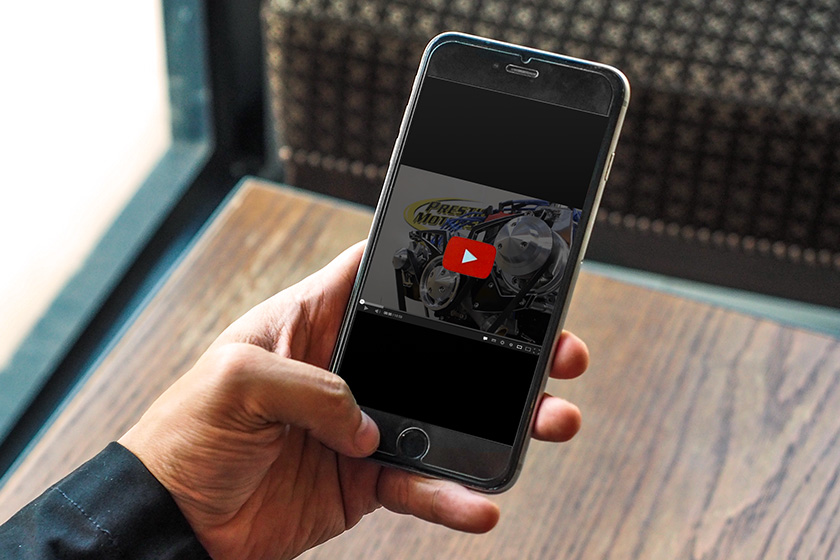In Part 1 of this series, we briefly discussed what click fraud is, where it comes from, and two red flags that may indicate click fraud in your PPC campaigns.
For Part 2, we will focus on how click fraud impacts your analytics once those bad clicks land on your website.
Click Fraud Indicators
The fraudulent click landing on your website set off a few red flags. While one red flag occurring alone tends to indicate an ineffective PPC strategy, a combination of these red flags may indicate click fraud issues.
No Conversions
A conversion occurs when someone clicks on your PPC ad and then completes your landing page’s call to action. Calls to action may include filling out a form, calling your company, signing up for an email newsletter, or purchasing a product. A high conversion rate means your PPC ads work well. A low (or zero) conversion rate means your PPC ad needs a closer look.
Click fraud causes a very low conversion rate. Why? Because the people (or software programs) clicking on your PPC ad have no intention of completing the call to action on your landing page. They only click on your PPC ad, which costs your company money, achieving the click fraudster’s goal.
Click fraud causing few to no conversions sounds like it would be easy to spot, but that may not be the case. Ineffective ad text, poorly designed landing pages, suboptimal target audience selection, and an entire array of other factors also cause low conversion rates. Keep this in mind when reviewing your reports for click fraud.
High Bounce Rate, Low Time Spent on Page
The bounce rate reports the percentage of website visitors (in relation to total visitors) who visit your website, but leave (or “bounce” from) your website without clicking through to another page. Bounce rates for click fraud activities are often 100%, which means EVERY fraudulent click leaves your site without visiting other pages on it. Because the bounce rate from click fraud is usually 100%, this will raise the total bounce rate.
High bounce rate alone does not mean click fraud occurred. It is possible to have close to 100% bounce rate even if all the clicks are legitimate.
To determine if your high bounce rate resulted from ineffective ads or click fraud, take a look at the time spent on your landing page. Click fraudsters spend almost no time on your landing page – in the 0 to 2 seconds range. Real website users will usually spend at least a few seconds on your landing page before deciding to leave it.
A high bounce rate combined with an average of less than 3 seconds spent on the landing page is worth looking into for click fraud.
Consider Data Relationships
Detecting click fraud requires consideration of individual data points as well as the relationships between those data points. Viewed individually, the data points may lead you to misdiagnose a simple case of ineffective landing page design as click fraud. We advise you to consider the conditional relationships of the data.
For example, let’s pretend you have a click-through spike in your PPC campaign. You review other data and see a low bounce rate with an average time spent on page of two minutes. However, you only received two conversions – you expected around 15-20 conversions. Is this click fraud? Not likely.
In this situation, people clicked on your PPC ad, went to a relevant (to them) landing page that held their attention for around two minutes. Then they clicked onto another page of your site, leading to a low bounce rate. More than likely, these people were unsure of what you wanted them to do once they arrived on the landing page. At least two people understood what to do, though, because this PPC ad led to two conversions. This is most likely a case of an ineffective call to action on your landing page, NOT click fraud.
Scenarios like the above happen much more frequently than click fraud. That does not mean, however, your PPC ad campaigns are invincible.
In another scenario, let’s pretend you noticed a quick rise in bounce rate. Looking at other data for the same period of time, you see a spike in click-throughs and a dip in time spent on page. You also received no conversions during that time frame. This scenario warrants a closer look because it produced 4 click fraud indicators – high bounce rate, high click-through rate, low time on page, and no conversions.
Your Best Protection
While we do not believe click fraud to be a big issue for most businesses, it has cost some businesses a lot of money. Your best protection against it includes a well-planned campaign, along with daily report monitoring to catch any red flags.
If you are concerned about your PPC campaigns, or have any questions regarding them, please contact us.
SHARE THIS ARTICLE:



